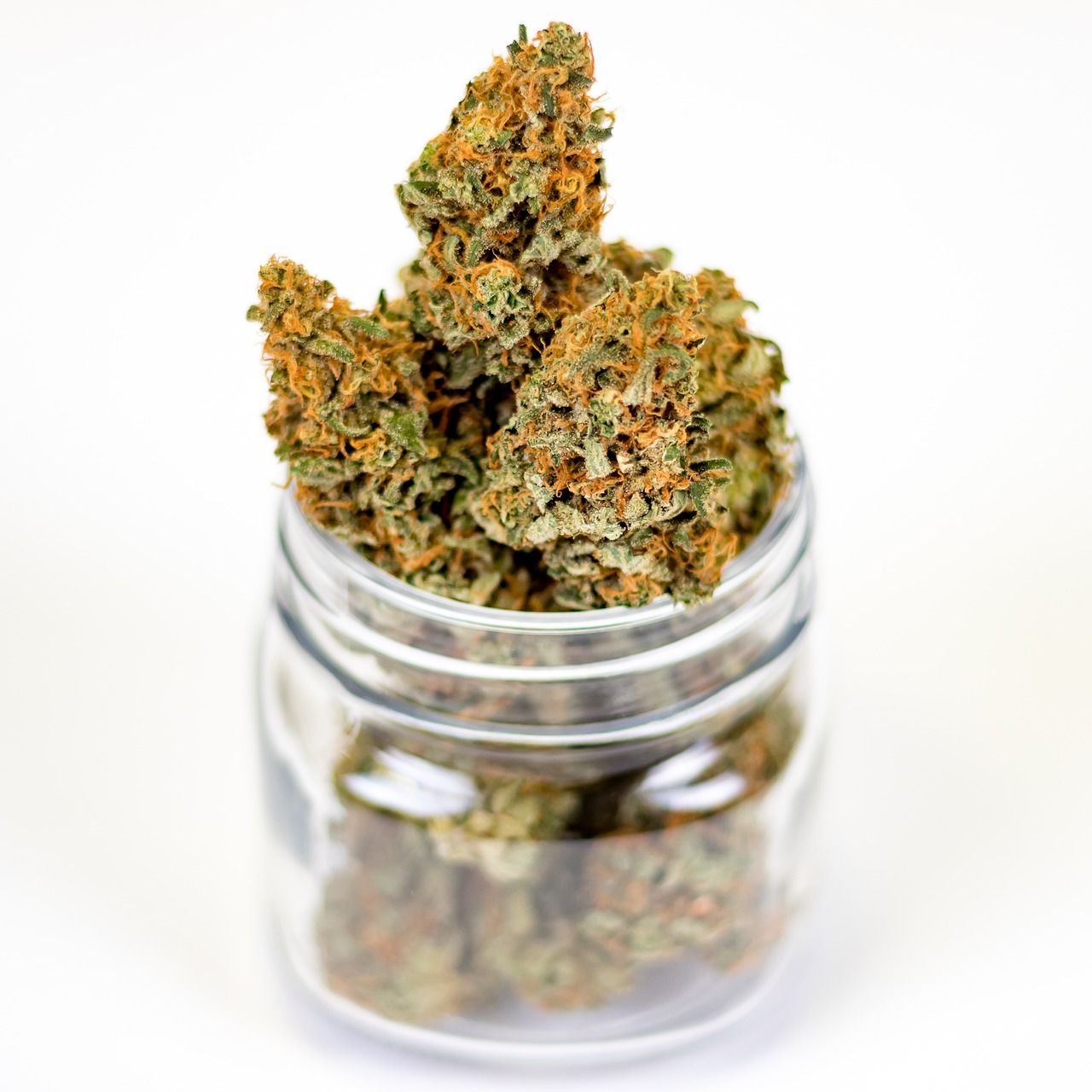For decades, cannabis was viewed mostly through the lens of smoking, vaping, or discreetly consuming an edible. But in recent years, a new trend has taken root in kitchens across the U.S.: cooking with cannabis. What was once the domain of brownies passed around at a college party has blossomed into a culinary movement, blending wellness, gastronomy, and creativity. More consumers are discovering that cannabis isn’t just for getting high—it can be an ingredient that elevates flavor, enhances meals, and sparks a sense of connection.
From Brownies to Gourmet Plates
The evolution of cannabis cuisine mirrors the legalization wave sweeping across the country. According to New Frontier Data, the U.S. cannabis market is expected to surpass $71 billion by 2030, and infused products are one of the fastest-growing categories. Edibles alone accounted for over 20% of legal cannabis sales in 2023, reflecting how consumer tastes are shifting from flower to food.
What began with brownies has become gourmet. Today’s chefs are experimenting with cannabis-infused olive oils, butters, and honeys, creating everything from elevated charcuterie boards to five-course fine-dining experiences. In cities like Los Angeles, Las Vegas, and Miami, cannabis-themed supper clubs are drawing adventurous diners eager to learn how to pair terpenes with flavor profiles.
The Science of Infusion
Cooking with cannabis isn’t as simple as sprinkling raw flower into a dish. The plant’s cannabinoids—THC, CBD, and others—must first be activated through a process called decarboxylation (heating at a low temperature). From there, the active compounds are typically infused into fat-based carriers like butter, coconut oil, or olive oil. These infusions then become the base for endless recipes: pasta sauces, salad dressings, baked goods, or even cocktails.
Experts recommend precision and patience. As Leafly notes, dosing remains the most important factor. Too little, and the effect might be underwhelming. Too much, and a fun evening can turn into an overwhelming one. Many home cooks now turn to lab-tested tinctures and infused oils, which provide consistent potency and are easier to measure.
Fun Ways to Incorporate Cannabis into Everyday Meals
Cooking with cannabis doesn’t need to be intimidating. Here are some engaging and tasty ways consumers are bringing it into their kitchens:
- Cannabis-Infused Olive Oil: Drizzle a lightly dosed olive oil over fresh caprese salad or roasted vegetables. It adds a subtle herbal note without overpowering flavors.
- Sweet Treats: Beyond brownies, infused honey or maple syrup can be used in tea, on pancakes, or drizzled over fruit.
- Savory Comfort Foods: Cannabis butter (“cannabutter”) can replace regular butter in mashed potatoes, mac and cheese, or garlic bread, turning classics into elevated comfort food.
- Mocktails and Cocktails: CBD or THC tinctures can be dropped into sparkling water, fresh juices, or crafted cocktails, offering a social way to consume without smoking.
- Wellness Smoothies: A small dose of CBD oil blended into a morning smoothie can promote relaxation without the psychoactive effects of THC.
A Social and Cultural Shift
Cooking with cannabis isn’t just about food—it’s about lifestyle. Just as wine pairings became a social staple, cannabis pairings are finding a place at dinner parties and wellness retreats. The rise of infused cooking reflects a broader cultural acceptance of cannabis, especially among Millennials and Gen Z, who are seeking alternatives to alcohol and pharmaceuticals.
For many, cooking with cannabis also taps into creativity and self-expression. It offers a way to control dosage, experiment with flavors, and connect socially over something novel yet increasingly mainstream. In fact, a Brightfield Group report found that nearly 1 in 5 new cannabis consumers in 2024 cited edibles and infused products as their entry point into the market.
The Challenges and Considerations
Still, cooking with cannabis requires mindfulness. Regulations vary by state, making it essential to check local laws before experimenting at home. Consumers should also be aware of onset times: edibles and infused foods often take 30 minutes to 2 hours to kick in, and effects can last longer than smoking.
Experts recommend starting with “low and slow”—typically 2.5 to 5 mg of THC for beginners—and gradually increasing as comfort grows. CBD-infused cooking provides another option for those who want the wellness benefits of cannabis without the intoxicating high.
Looking Ahead
The future of cannabis in the kitchen looks flavorful. As legalization expands, consumers can expect to see more professional-grade infused products, from precision-dosed oils to terpene-rich condiments. Cannabis dining events will likely spread beyond major cities, and cookbooks dedicated to cannabis cuisine are already topping bestseller lists.
Cooking with cannabis is no longer a niche trend; it’s becoming a celebrated part of food culture. Whether someone wants to craft a gourmet infused dinner party, elevate weekend brunch, or simply unwind with a CBD smoothie, the possibilities are as endless as the plant’s flavors.

